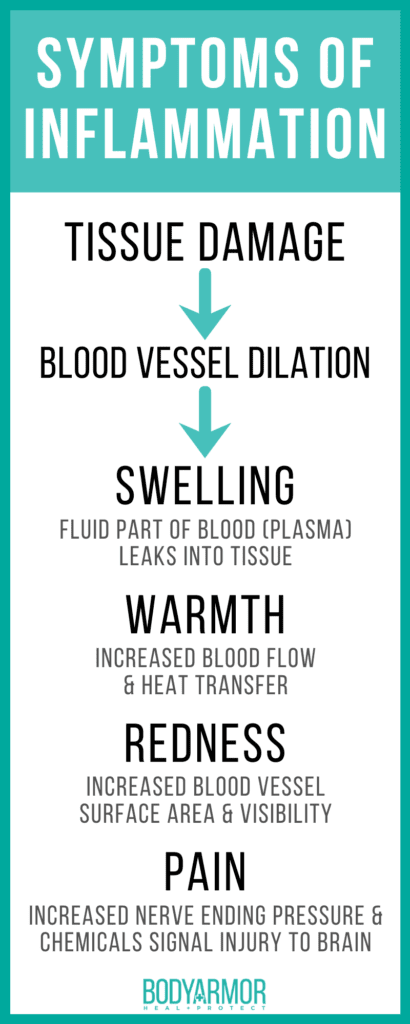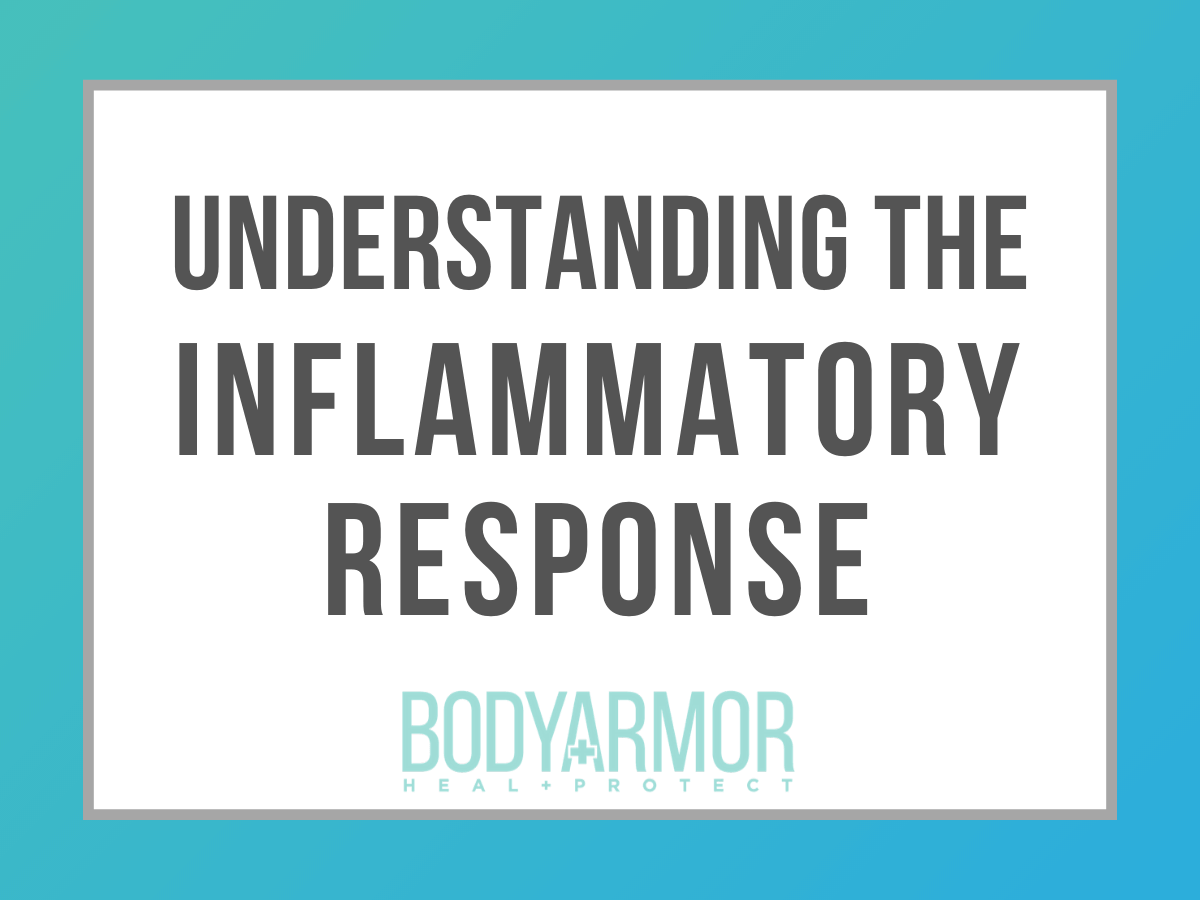When a wound occurs, the body’s immune system kicks into gear to activate the inflammatory response. This protective reaction is an important part of the wound healing process.
What causes wound inflammation?
When tissue is damaged, the human body responds by initiating a set of reactions to bring immune cells to the wound site, defend against foreign pathogens, and jump-start healing.
During the initial stage of healing (hemostasis), blood vessels constrict and substances are released to assist platelets with clot formation. This immediate reaction limits blood loss from the open wound.

Following clot formation, the blood vessels relax to allow an increased number of immune cells to travel to the injured area. This signals the body that it’s time for the inflammatory phase, which typically lasts between 4-6 days.
In this stage of healing, specialized white blood cells called neutrophils are dispatched to the wound site to attack bacteria. This activity starts shortly after a wound occurs and slows down after about three days.
Next, macrophages move into the tissue where they help to remove debris. Macrophages also release growth factors and cytokines that stimulate other specialized immune cells to come to the area and repair the damaged tissue.

What does wound inflammation look like?
The inflammatory phase can be identified by localized redness, heat, pain, and swelling around the wound site. These symptoms are caused by the dilation of the blood vessels and rush of immune cells to the area.
Although these symptoms may be normal in the first few days following an injury, they may also indicate infection, and any concerns should always be reported to your physician.

How does inflammation cause non-healing wounds?
It’s important to keep inflammation controlled during wound healing. If this phase lasts longer than a few days, it prevents the following phases of healing from progressing in a healthy way. This can then lead to chronic inflammation and non-healing wounds.
How to support the natural immune response?
- Consume anti-inflammatory foods/herbs
- Engage in regular physical exercise
- Apply appropriate topical treatment to keep wound clean and reduce infection risk
- Communicate any pain or other concerns to your healthcare provider
- Incorporate stress-reducing activities to support the immune system
There are many factors that can affect the rate of wound healing, but controlling inflammation is an important way to help wounds heal faster, naturally.



